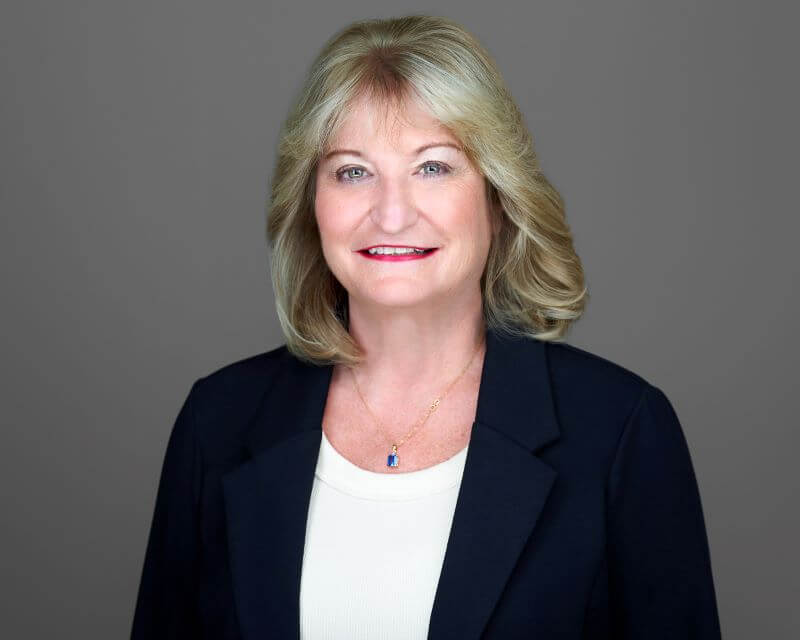FAA Dimensions, What Are They?
Many Senior Executive positions in the FAA (Federal Aviation Administration) require applicants to address four “Dimensions” or “Leadership Requirements” instead of five Executive Core Qualifications.
Although they do not share the same 28 core competencies as the ECQs, and although they have slightly different titles, the Dimensions are quite similar to four of the ECQs.
The following explanations from an FAA SES vacancy announcement will broaden your understanding of the FAA Dimensions.
ACHIEVING OPERATIONAL RESULTS: Reputable executives apply a variety of techniques to deliver results. They establish clear, measurable goals and objectives for the organizations and the people they manage. They adjust organizational operations to capitalize on lessons learned from both successes and failures. They make tough decisions to solve complex problems. They appropriately allocate resources to match and effectively complete organizational priorities. They understand their clients’ requirements and focus on delivering high-quality products and service to satisfy those requirements.
LEADING PEOPLE: Successful executives recognize that talented people working together accomplish the work of the FAA. They ensure teams are established and properly supported. They establish organizations in which all people are able to make a contribution. They make sure employees’ talents are cultivated and that developmental opportunities are available.
BUILDING RELATIONSHIPS: Successful executives skillfully communicate and work with others. They establish a climate in which ideas are openly shared and discussed. They establish networks inside and outside the organization to foster agency objectives. They seek harmony and collaboration, treating others with respect. They are reliable and ethical, honoring commitments and demonstrating high standards of behavior.
LEADING STRATEGIC CHANGE: Successful executives lead essential changes in the ways that the organization operates. They are not satisfied with the status quo. Instead, they envision far-reaching changes and follow up with action to make sure that the changes occur. They successfully deal with ambiguity, learn from experience, and think creatively.
